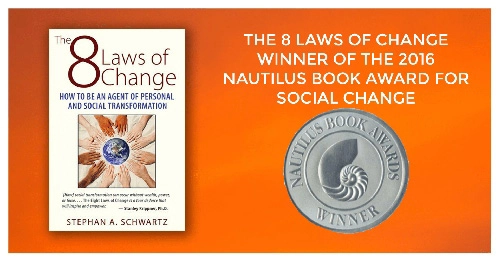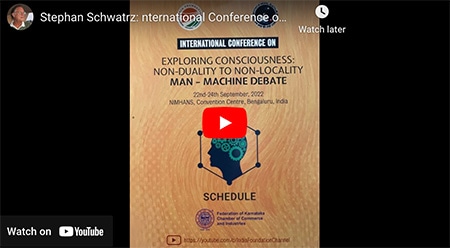
Scientists melt radioactive waste into glass in a test platform at PNNL designed to mimic a Direct Feed Low-Activity Waste system being constructed at Hanford
Credit: PNNL
The Cold War left behind significant amounts of low-level nuclear waste, but the future may be a bit cleaner thanks to a team of scientists at the US Department of Energy’s Pacific Northwest National Laboratory (PNNL), who have vitrified low-level radioactive waste for the first time in a continuous process. In a laboratory set up, 3 gal (11.4 L) of waste taken from a tank at the decommissioned Hanford Site nuclear production complex in Washington state was turned into a form of durable glass that immobilizes the radioactive and chemical compounds inside.
Nuclear waste is one of the major environmental headaches of our time. Even if every reactor on Earth were to suddenly shut down and none built again, there is still millions of gallons of waste left over from three quarters of a century of production to deal with, along with future waste from research […]









